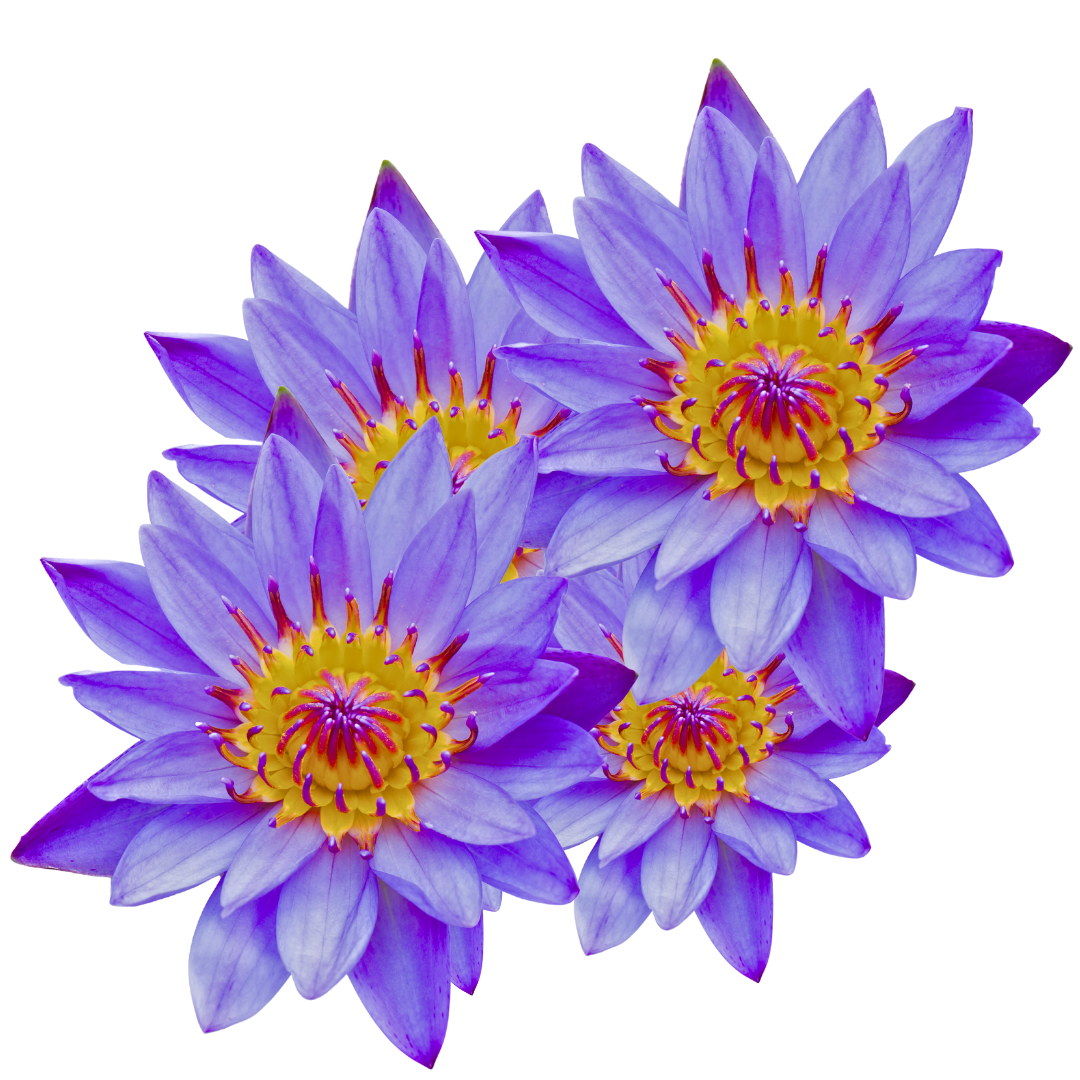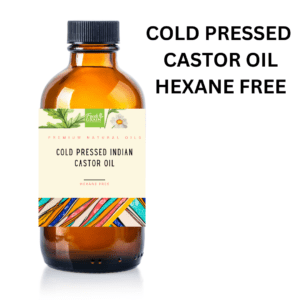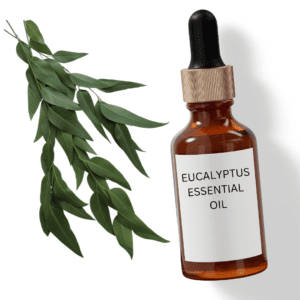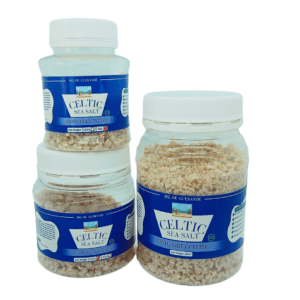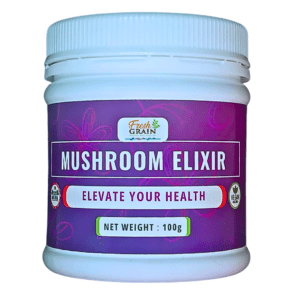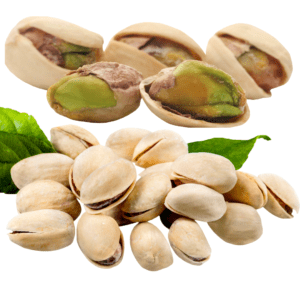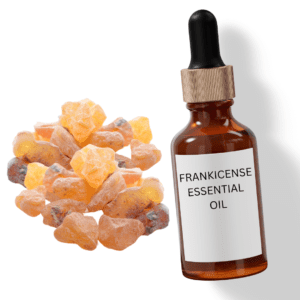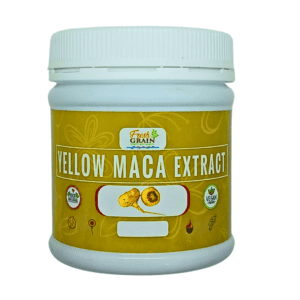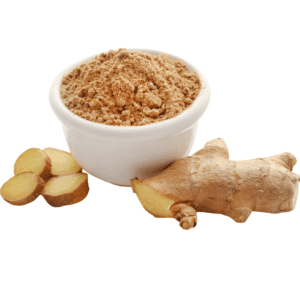Blue Lotus Flower:
Description: The Blue Lotus Flower (Nymphaea caerulea), also known as the Blue Water Lily, is a aquatic plant with vibrant blue flowers. Native to regions of Egypt and other parts of Africa, the Blue Lotus has cultural and historical significance, often associated with spiritual and ceremonial practices.
Nutritional Breakdown: The Blue Lotus Flower is not typically consumed for its nutritional content, as its significance lies more in its cultural and spiritual use rather than as a food source. It does contain certain compounds that are of interest, such as alkaloids and flavonoids, which may have psychoactive or mood-altering properties.
Benefits:
- Mood Enhancement:
- Blue Lotus has been historically associated with mood enhancement and relaxation. Some users report a mild euphoric or calming effect.
- Stress Reduction:
- The plant is believed by some to have stress-relieving properties, potentially helping with anxiety and promoting a sense of tranquility.
- Enhanced Dream State:
- Blue Lotus is sometimes linked to vivid dreams and enhanced dream states. In certain cultures, it is used in rituals or ceremonies to induce a dreamy, altered state of consciousness.
- Aphrodisiac Properties:
- In traditional use, Blue Lotus has been considered an aphrodisiac, with potential effects on libido and sexual arousal.
- Spiritual Significance:
- Blue Lotus has played a role in various spiritual and religious traditions, often symbolizing purity, enlightenment, and the divine.
How to Use Blue Lotus Flower:
- Tea Infusion:
- Prepare a tea infusion by steeping dried Blue Lotus flowers in hot water. The tea is known for its mild flavor and potential relaxing effects.
- Smoking or Vaporizing:
- Some users choose to smoke or vaporize Blue Lotus flowers for a more immediate effect. This method is considered by some to produce a mild psychoactive experience.
- Tinctures or Extracts:
- Blue Lotus extracts or tinctures can be added to beverages for a concentrated form of the plant’s compounds. Dosage should be carefully considered.
- Herbal Blends:
- Combine Blue Lotus with other herbs or botanicals in herbal blends, as its subtle flavor can complement other ingredients.
- Culinary Use:
- While not commonly used as a food ingredient, some incorporate Blue Lotus into creative culinary recipes. However, caution is advised due to its potential psychoactive properties.
Caution:
- Dosage: Exercise caution with dosage, especially when using concentrated forms like extracts, as excessive consumption may lead to adverse effects.
- Individual Responses: The effects of Blue Lotus can vary among individuals, and it’s essential to be aware of personal tolerance levels.
Note: The information provided here is for informational purposes only and does not substitute professional medical or legal advice. If considering the use of Blue Lotus for any purpose, consult with a healthcare professional and ensure compliance with local regulations.

